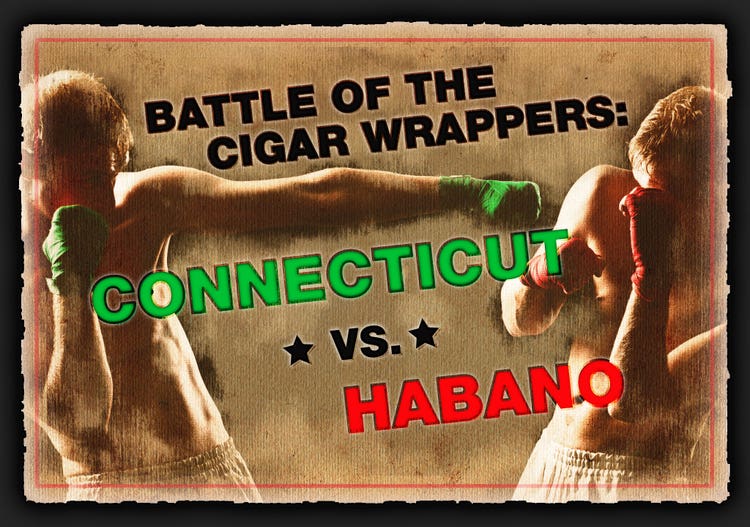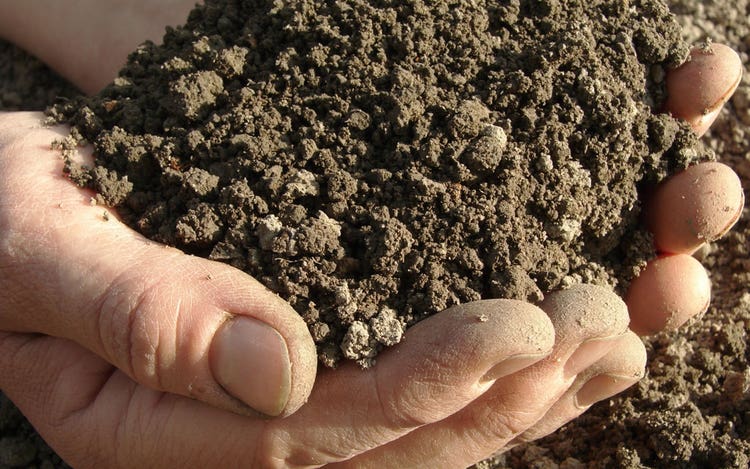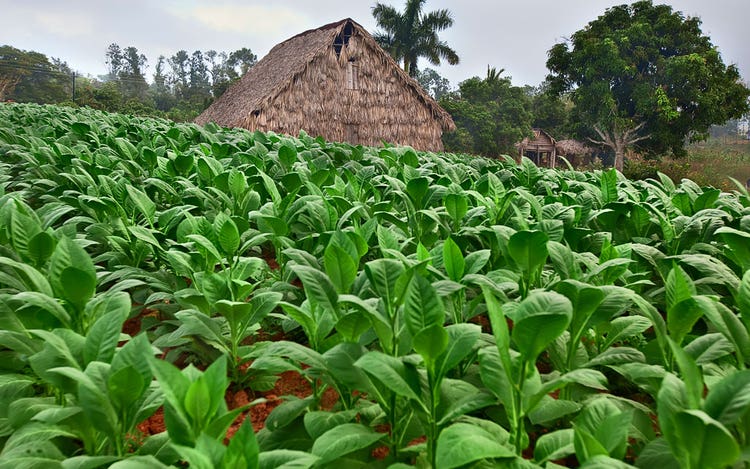
Difference between Connecticut and Habano Cigar Wrappers
What makes these cigar wrappers so distinctive?
It’s not really a contest. Different types of cigar wrappers are as divergent as dog breeds. They each have their own unique qualities and personalities. Some wrapper leaves have a hearty bark, while others exhibit a more even-tempered character. Take Connecticut shade cigar wrappers and Habano cigar wrappers for instance. When well-fermented and aged, they’re both delicious, but to use another comparison about their natural flavor properties, Habano would be more like New York City, whereas Connecticut would be more like Los Angeles.
U.S. Connecticut Shade Wrappers
Generally speaking, Connecticut cigar wrappers tend to be more mellow and sweeter in flavor. But there is more than one type of Connecticut wrapper used for premium handmade cigars. The original U.S. Connecticut Shade wrapper leaf is grown in the state of Connecticut. Like most cigar tobaccos, the source of the seed is Cuban, but over time has acclimated to the climate and soil of Connecticut, particularly in the state’s Windsor and Housatonic Valleys, to produce a very unique tasting tobacco.

Ecuadorian Connecticut Shade Wrappers
The other most often used Connecticut wrapper is Ecuadorian Connecticut Shade. Basically, they’ve taken U.S. Connecticut seeds and planted them in Ecuador. Due to its rich volcanic soil, climate, and naturally cloud-filtered sunlight, Ecuador has become THE country for growing a number of wrappers that originated in other countries, including Habano, which we’ll get to shortly. The Connecticut-seed shade wrapper grown in Ecuador has many of the same qualities as the indigenous Connecticut tobacco. It’s generally mild, silky, and offers a sweet aroma, except it is slightly richer in flavor and a bit darker in color than U.S. Connecticut Shade. Good examples of cigars with excellent Ecuadorian Connecticut-seed wrappers include Alec Bradley Connecticut, Romeo House of Capulet, and CAO Gold cigars.
Nicaraguan Habano Cigar Wrappers
Habano cigar wrapper is a leaf grown from a Cuban seed, hence the word “Habano” or “Havano,” referring to Cuba’s capitol. Habano tobacco wrapper is darker in color, has a much spicier flavor, a richer aroma, and has been grown in Nicaragua’s Jalapa Valley and Estelí since the 1990’s. The volcanic soil and ideal climate of both regions contribute greatly to the Habano wrapper’s unique, Cuban-like flavor profile. Leaves grown in the Jalapa Valley are particularly good for wrapper because the Jalapa soil, which is very similar to Cuba’s Vuelta Abajo region, produces a rich-tasting leaf that’s also naturally sweet. Habano has also been hybridized and cross-bred to create other varietals such as Habano Rosado, Habano Criollo, and Habano Corojo. A good example of some of the best Nicaraguan Habano wrapper can be found on the Perdomo Habano Maduro selection, Gran Habano Corojo #5, and the Alec Bradley American Sun Grown, which uses a Jalapa-grown Habano wrapper. There’s also a review of the BG Meyer Standard Issue Robusto on Cigar Dojo that will give you a good idea of the flavors you may find in Nicaraguan Habano wrapper leaf.
Ecuadorian Habano wrappers
Although many Nicaraguan cigar manufacturers like Padrón and Perdomo use native-grown Habano wrapper on their cigars, as we’ve seen with Connecticut Shade wrapper and others, Ecuador has become a haven for growing most of the world’s best wrappers. Moreover, Ecuadorian Habano is arguably the most widely used wrapper today for rolling premium cigars. The Oliva Tobacco Company (not to be confused with Oliva Cigars), was the first to begin planting Habano in Ecuador, and today, 70% of their farmland is used for growing Habano wrapper leaf.

In the Mood
Whatever wrapper leaf you prefer, if you do have a preference, whichever cigar you pluck from your humidor is usually determined by your mood. Naturally, if you’re in the mood for a smoke that’s more on the milder side, something that pairs well with coffee and is not too overbearing, a cigar with a Connecticut wrapper might be the best way to get your day started. Maybe you want a smoke that’s more robust and complex, so you reach for a cigar with a particular Habano wrapper that you pair with a fine bourbon or single malt.
Just so there is no misunderstanding, the sword cuts both ways. There are many cigars with Connecticut wrappers that are quite stout, while there are cigars with Habano wrappers that are milder in body. Nor is it necessary to know the difference between an Ecuadorian-grown Connecticut and a U.S., or a Nicaraguan Jalapa Habano and an Ecuadorian Habano. As you continue to smoke more cigars, you’ll eventually begin to pick up the subtleties in different blends. You’ll also begin to pay more attention to the blends of the cigars you enjoy the most, and it may turn out that all of your favorite cigars are rolled in the same type of wrapper leaf. Just remember that the reason you’re drawn to certain cigars goes way beyond what’s on the outside; it’s what’s on the inside that counts, too.



